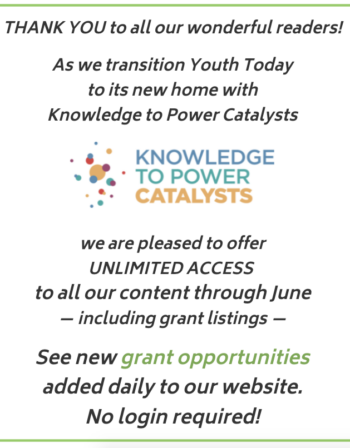Source
Summary
“This guide aims to support researchers and policy partners in systematically examining child care subsidy payment policies at the local level and to foster learning across communities (states, territories, Tribes, and local communities). It addresses family payment policies and provider payment policies. This guide was developed through the Center to Support Research and Evaluation Capacity of Child Care and Development Fund Lead Agencies, with support from the Office of Planning, Research, and Evaluation in the Administration for Children and Families.
Why This Matters
Given the large investment of public funds in and the important intended outcomes of the Child Care and Development Fund program, it is vital to examine questions that help inform current and future child care subsidy payment policies and practices. The variations in environments, child care subsidy policies, and practices across the partnering states, territories, and Tribes present an opportunity for learning more. On the other hand, these variations sometimes make it challenging to identify opportunities for learning across communities.
[Related Story: Five big obstacles to opening child care facilities in rural Illinois]
Key Takeaways
The logic model presented in this report provides a common framework to study the implementation and outcomes of local child care subsidy payment policies. It includes a visual representation and definitions of actors, inputs and activities, experiences, outputs, and intended and unintended outcomes. It depicts and discusses the important influences of power, voice, and trust; and diversity and equity. It then contextualizes these factors within societal, governmental, and environmental factors; and changes over time. The guide also provides reflective questions to support research and policy staff to engage in discussions to identify and map key elements of the logic model for enhancing the understanding of child care subsidy payment policy implementation and outcomes in their communities.
How We Did It
The logic model featured in this product was developed through a collaborative process as part of a funded research grant program. The many research and policy staff participating in 10 OPRE-funded Planning Research on Subsidy Payment Rates (PROSPR) grants and the community of practice meetings between October 2021 and September 2023 contributed to the development of this logic model and guide. PROSPR team members participated in multiple meetings focused on conceptualizing and designing this logic model. Through these meetings and avenues for individual input, many PROSPR team members shared their ideas for what the logic model should convey and contain and how it should be configured and represented, and they provided feedback on a draft of this publication.”
[Related Grant Opportunity: Inland Empire region Latino community development grants]
View Youth Today's Report Library
































